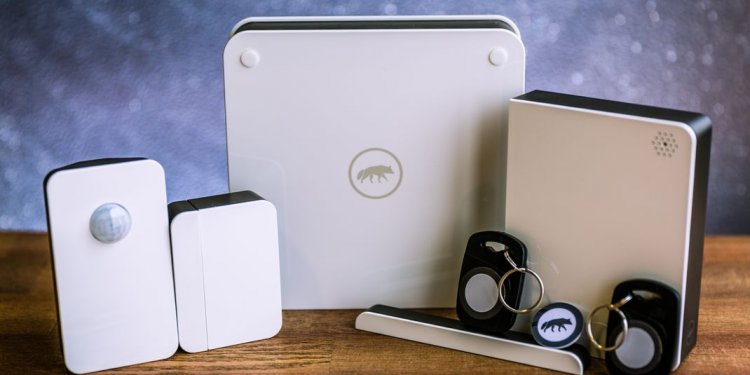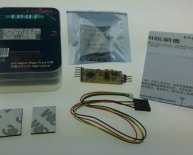
Best home lighting control systems
Internet-enabled products often cost more than their low-tech siblings. To tell whether they’re worth it, we test their “life improving” claims and their primary function. We also determine how easy these smart features are to set up and use. Here are several products, most of which we’ve tested, and whether we’d pay for them.
Worth buying
Connected by TCP light system, $50
Hate the idea of coming home to a dark house? Unlike a standard timer, this system can be used to program multiple lights to come on before you pull into the driveway, schedule morning wake-ups in your kid’s room, or change settings remotely. The kit includes two LEDs and a controller. In our tests, setting up the hardware and app were easy. So was remote control, which let us turn lights on and off and dim them. The app lets you group certain bulbs to switch on with one press of a button for settings such as a romantic dinner. And you can set a bulb’s brightness at the point of switching on. The 12-watt LEDs were as bright and warm as 60-watt incandescents in our tests.
Generac Mobile Link, $280
Just having a stationary generator doesn’t guarantee you’ll have power. You still need to regularly check the LCD screen on the unit to ensure that it’s working right and isn’t displaying any service-needed messages. But you can’t always be home to do that. Mobile Link is one of a few products that can e-mail or text you or a servicing dealer if a problem arises during the generator’s periodic self-check. Service after the first year is $12.50 per month or $100 per year. Among stationary generators it works with are two that we recommend: the 7-kilowatt Generac 6237, a CR Best Buy at $2, 250, and the 13-kW Generac 6241, $3, 500.
FortrezZ Wireless Z-Wave water valve, $485 to $565
Whether it’s for a flood-prone basement or an appliance on a higher level—think washing machine, toilets—you want to know whenever anything springs a water leak before it damages flooring, wiring, or furniture below. Water shut-off valves directed by water-alarm sensors aren’t new, but this one can e-mail, text, or call you if water is where it shouldn’t be. So you don’t have to be home to know there’s a problem. The kit includes the valve, its power adapter, and a monitoring probe. We haven’t tested the FortrezZ but find it promising. It’s costly once you add water sensors, about $60 each, and installation.
Never mind
Programming a thermostat can be a pain, so one that programs itself and adapts to your schedule sounds great. And you can remotely change the Nest’s setting using its app if your routine changes. But the initial setup wasn’t as intuitive as other digital or smart thermostats we tested. The Nest thermostat is also connected online via Wi-Fi, so it automatically updates its software. But there’s the rub: User reviews have complained of Nests shutting down the heating system after updates, with a few reports of frozen and burst pipes as a result.
This combination smoke and carbon-monoxide detector was impressive as a CO alarm and was top-notch at detecting smoldering fires. It also can tell the Nest Learning Thermostat to shut off the furnace or boiler if the detector senses CO. But the Nest Protect lacks an ionization sensor, available on dual-sensor smoke alarms. So it’s poor at detecting a fast, flaming fire. And as we went to press, Nest had temporarily halted sales because of a feature that lets you silence nuisance alarms with the wave of a hand but could, the company found, be unintentionally activated and delay the alarm in case of a fire.

















